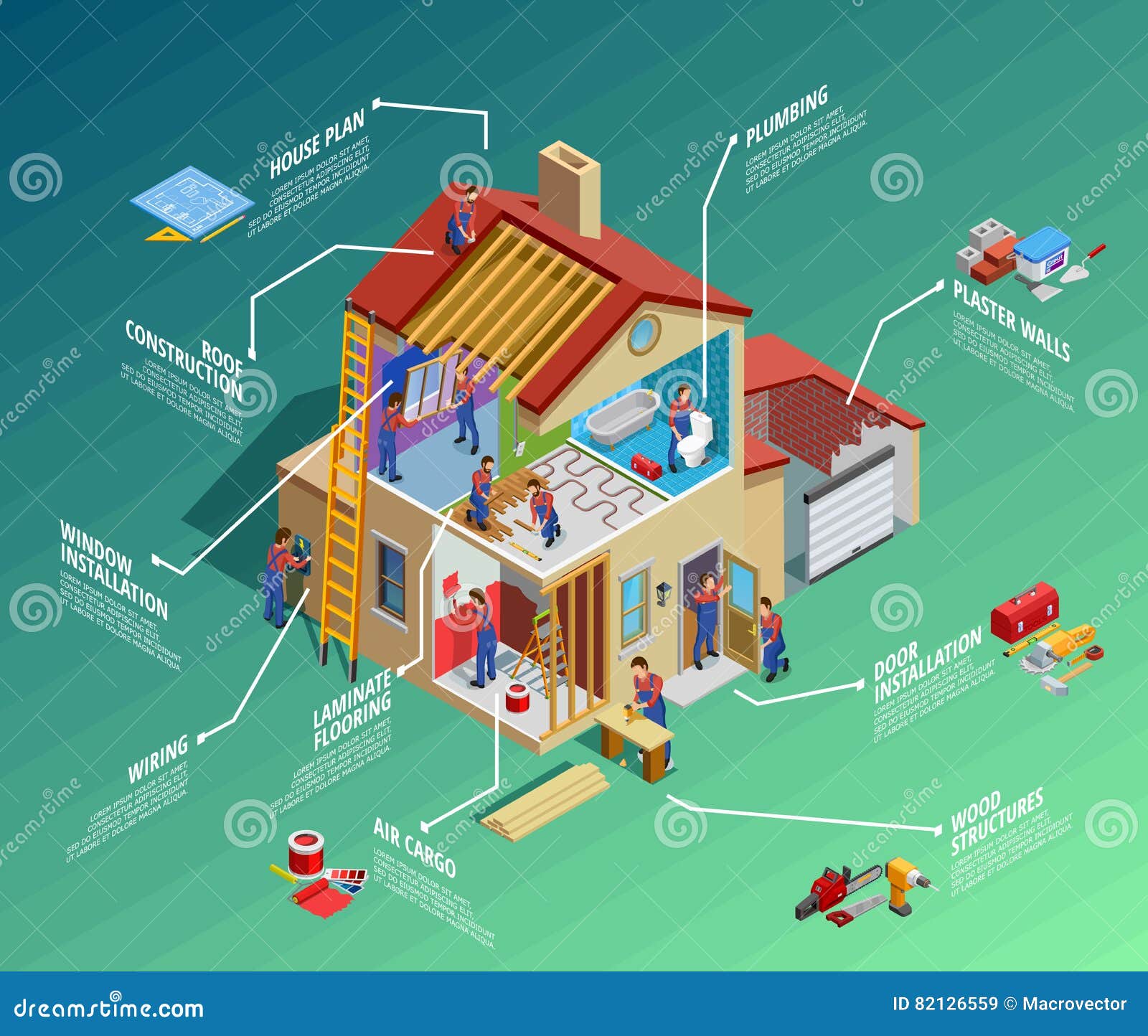Reflect On The Financial Implications And Advantages Of Solar Installment To Identify The Possible Financial Advantages For Those Thinking About This Renewable Resource Venture
Reflect On The Financial Implications And Advantages Of Solar Installment To Identify The Possible Financial Advantages For Those Thinking About This Renewable Resource Venture
Blog Article
Authored By-Gade Potts
When taking into consideration the prices of solar installation, you might question the in advance investment called for and whether it lines up with the potential long-lasting advantages. Understanding the ins and outs of these costs and the different factors affecting the overall return can clarify the value suggestion of transitioning to solar power. By reviewing both the first arrangement costs and the projected financial savings over time, you can acquire insight into whether the investment in solar setup holds assurance for your economic future.
First Setup Expenditures
When taking into consideration the prices of solar installment, the initial configuration expenses play an essential function in your decision-making process. These in advance costs include the cost of solar panels, inverters, installing equipment, and installment labor.
The price of solar panels can differ relying on the brand name, performance, and dimension you select. Inverters are necessary for transforming the sunlight's energy right into useful power and come in various types such as string inverters, microinverters, and power optimizers, each with its very own expense ramifications.
Placing tools, such as shelfs and rails, is required to firmly install photovoltaic panels on your roofing system or residential or commercial property.
companies that remove and reinstall solar panels covers the specialist installment of the planetary system, guaranteeing that whatever is established appropriately and efficiently. Remember that while click this link now may appear high, there are often discounts, tax incentives, and funding alternatives offered to help balance out the prices and make solar setup more economical over time.
Long-Term Financial Savings Evaluation
To understand the financial advantages of solar setup gradually, it's vital to perform an extensive long-lasting savings evaluation. While the initial arrangement costs of solar panels might appear difficult, the long-term financial savings can exceed these expenses significantly. By utilizing the power of the sun to generate power for your home, you can possibly conserve thousands of dollars on your utility expenses over the life-span of your planetary system.
Among the crucial aspects to think about in a long-term savings analysis is the reduction in your electrical energy costs. With photovoltaic panels, you can produce your electrical energy, minimizing and even removing your reliance on the grid. This can lead to substantial financial savings, particularly as utility rates continue to increase.
Additionally, https://solar-panel-suppliers-nea65319.blog-kids.com/30054186/exactly-how-solar-power-adds-to-environmental-health-and-wellness-a-community-centric-perspective use incentives such as tax credit histories and refunds for installing photovoltaic panels, better enhancing your lasting financial savings. By making use of these motivations and maximizing your solar energy production, you can appreciate considerable monetary benefits for many years to come.
Return on Investment Estimation
Thinking about the financial advantages of solar installation, it's time to examine the Return on Investment (ROI) estimation. Determining the ROI involves comparing the complete costs of mounting a planetary system with the economic benefits it produces over its life-span.
To determine ROI, divide the net make money from the system by the overall investment expense and multiply by 100 to obtain a percent. The ROI formula is: (Internet Revenue/ Total Amount Investment Expense) x 100.
As an example, if the total cost of setting up a planetary system is $20,000, and over its lifespan, it generates cost savings and revenues totaling $30,000, the net earnings would be $10,000. Dividing this by the total financial investment expense of $20,000 offers a proportion of 0.5. Multiplying this by 100 offers an ROI of 50%.
Typically, a greater ROI shows an extra financially fulfilling investment. Elements like government rewards, upkeep expenses, and energy cost fluctuations can impact the ROI of solar installments. Recognizing the ROI helps in evaluating whether investing in solar energy is worth it over time.
Final thought
In conclusion, recognizing the expenses of solar installation is important for establishing if it is worth the financial investment. By taking into consideration first configuration expenses, conducting a long-term financial savings analysis, and computing the roi, you can make an educated choice about the financial value of solar power. With the potential for lowered utility expenses and increased power freedom, investing in solar installation can be a smart option for both your wallet and the atmosphere.
